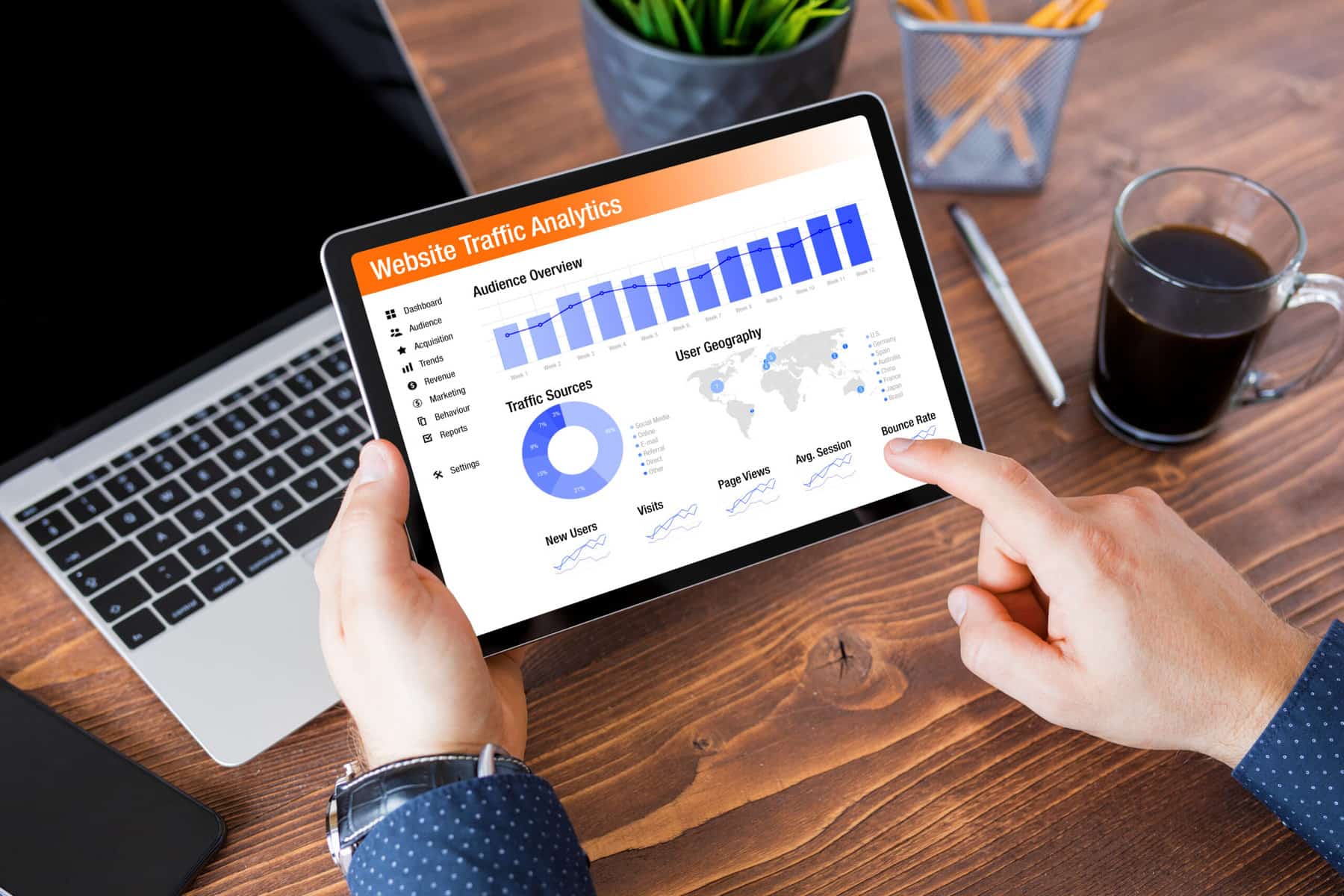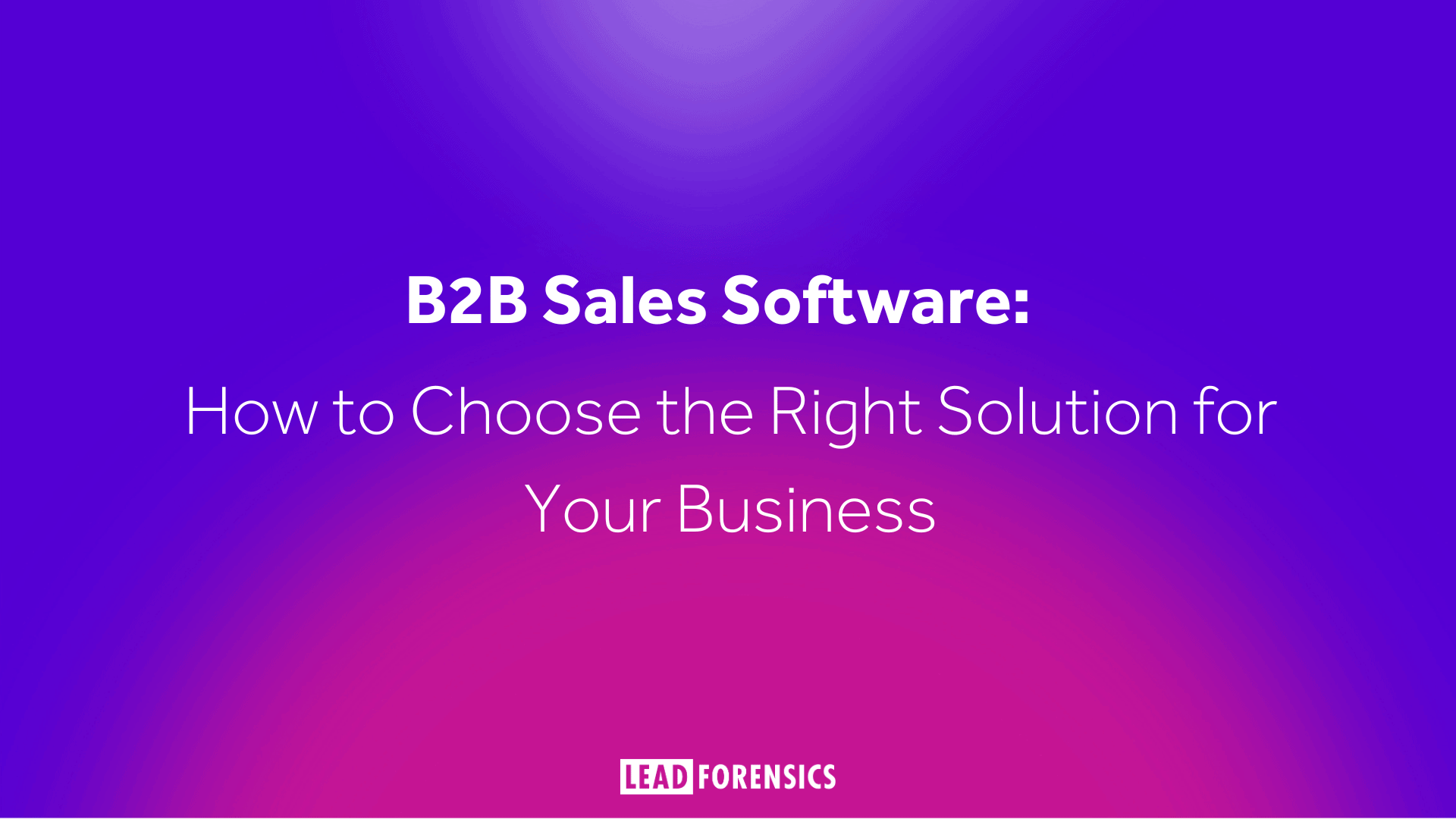In this blog, we’ll provide all the necessary information to ensure a seamless transition and highlight the key benefits of implementing GA4. It’s your roadmap to a smoother journey and unlocking the potential of this powerful system. Get ready to take your business to the next level with GA4!
Take your business to new heights with GA4. Check out our insightful webinar, “Everything You Need to Know For Your Marketing Strategy,” where our special guest, Sam Thomas, Analytics Lead at Embryo and GA4 expert, shares valuable insights and expertise.
Don’t miss out on this opportunity to gain the knowledge you need to elevate your marketing strategy!
Key Differences Between GA4 and UA: Understanding the Shift
Embracing change is essential in the world of Google Analytics. GA4, the latest platform introduced by Google, brings a whole new approach to tracking and analytics.
GA4 and its predecessor, Universal Analytics (UA), couldn’t be more different. From their distinctive user interfaces to their overall approach, these platforms are worlds apart. GA4 takes the crown with its sleek and intuitive interface, designed to provide a seamless and user-friendly experience. Though not everyone initially warms up to this new interface, many find that once they spend some time with it, everything starts falling into place. GA4 simplifies the process of accessing insights, recommendations, and the data you truly want to see, ensuring a smoother and more efficient analytical journey.
“GA4 is a revelation. It’s like a lightbulb moment where everything clicks into place. With its streamlined interface, GA4 effortlessly delivers valuable insights and gets you to the data you need in record time”- Sam Thomas, Analytics Lead Embryo in our webinar “GA4: Everything You Need to Know For Your Marketing Strategy”
The most significant distinction lies in the data model used by GA4. Unlike UA’s siloed approach, GA4 treats every user interaction on a website as an event. From sessions and page views to average time spent on a page and clicks, every action becomes an event. This shift opens up new possibilities for data manipulation, allowing for better cross-referencing and analysis. GA4 breaks free from the confines of sessions and page views, offering a more holistic understanding of user behaviour.

Change is often met with resistance, as human beings tend to cling to the familiar. The transition to GA4, however, has faced mixed reviews for reasons beyond this natural inclination. Despite Universal Analytics’ long-standing presence since 2005, the migration process to GA4 has proven less than ideal. Users have been left feeling overwhelmed due to the lack of clear guidance and straightforward steps. The available documentation, although present, can be complex for the average user, leading to frustrations during the transition.
GA4 represents a significant departure from UA, introducing a fresh data model and an interface that is more intuitive than ever. It is essential for marketers and analysts to grasp the key differences and recognize the importance of events within GA4. Despite the challenges that may arise during the transition, the rewards make exploring GA4’s capabilities well worth the effort.
Unlocking Actionable Data Insights for Growth: Google’s Motivation Behind the Switch to GA4
In the ever-evolving digital landscape, user behavior and online interactions have undergone significant transformations since the launch of Universal Analytics over a decade ago. Recognizing the mobile-centric nature of our lives, Google introduced GA4 as a revolutionary platform that embraces these changes. With GA4, the seamless integration of various touchpoints, including apps and point-of-sale systems, allows for comprehensive tracking and analysis across websites, apps, and integrated systems. This holistic view unlocks a deeper understanding of user journeys like never before.
However, the motivation behind Google’s transition to GA4 goes beyond enhanced tracking capabilities. Privacy concerns and evolving privacy laws have become pivotal factors driving changes in the analytics landscape. As the era of third-party cookies gradually fades, prompted by initiatives such as Apple’s Safari tracking protection updates, GA4 takes a privacy-focused approach while still providing marketers with valuable data insights for their campaigns.
“GA4 fills the data gaps left by the vanishing of third-party cookies, thanks to its intelligent use of machine learning. It’s a transformative solution in the world of analytics.” – Sam Thomas, Analytics Lead Embryo in our webinar “GA4: Everything You Need to Know For Your Marketing Strategy”
GA4 not only addresses the privacy landscape but also anticipates a future where cookies play a diminished role. By leveraging the power of machine learning, GA4 ensures that valuable data remains accessible amidst the changing tracking landscape. It empowers marketers to navigate the evolving digital terrain, fueling growth and delivering actionable insights that drive strategic decision-making.

With GA4, businesses can harness actionable data insights for growth, leveraging a privacy-conscious approach that aligns with the evolving needs of the digital ecosystem. Embrace the power of GA4 and embark on a data-driven journey towards success in the ever-changing digital world.
Successful Migration: Key Steps for a Smooth Transition
When it comes to migrating to GA4, a successful transition requires careful planning and execution. Setting up GA4 without a solid plan can lead to issues and incomplete conversions. It’s crucial to take the time to sit down and plan your migration strategy.
Start by creating a list of events that need to be moved and determine which of them should be considered conversions. While focusing on events, consider if there are any additional tracking opportunities that can provide useful data. It’s recommended to address all these aspects in one go to streamline the process.

Take into account your custom reports and evaluate which ones are essential for your analytics needs. Confirm if they are feasible in GA4. Additionally, pay attention to other settings, including filters such as IP filters for internal traffic. Remember that these filters won’t be automatically transferred during the migration process. Make sure to recreate them in GA4.
To stay organized throughout the migration, maintain a detailed document tracking your progress and a checklist of completed tasks. The complexity of the migration process may vary depending on your specific circumstances. For simpler setups, the Google setup assistant may be helpful, but it’s always advisable to have an expert review the setup to ensure a smooth transition.
“Successful migration to GA4 requires careful planning. Identify what needs to be moved, including events and conversions. Rebuilding audiences is necessary, as they can’t be directly migrated. Start early to avoid data loss and ensure a smooth transition.” – Sam Thomas, Analytics Lead Embryo in our webinar “GA4: Everything You Need to Know For Your Marketing Strategy”
Remember, a well-planned migration sets the foundation for success in leveraging GA4’s advanced analytics features. With the right approach and attention to detail, you’ll be on your way to harnessing the power of GA4 for data-driven growth in your business.
Unlocking the Power of Event Parameters in GA4: Benefits and Differences from UA
Event parameters in GA4 play a crucial role in enhancing data analysis and segmentation.
Imagine this scenario: you have a form on your website with dropdown options for inquiries. With GA4 event parameters, you can extract that dropdown data and unleash its potential. By exporting it into GA4 as parameters, you gain the power to segment and compare conversion rates for different services. Suddenly, you can identify which services need a little extra love and attention and which ones are knocking it out of the park.
GA4 comes with a range of built-in parameters that make your life even easier. For example, page views automatically capture URL locations, while file downloads are tracked with parameters like file name, type, and location. It’s like having a data wizard working tirelessly behind the scenes, making your reporting a breeze.

GA4 also lets you create up to 25 custom parameters per event. That’s right, you can customize and tailor your data to fit your unique needs. Say goodbye to the clunky event category and label structure of Universal Analytics. GA4 gives you the flexibility to define the parameters that matter most to your business.
Now, let’s talk about e-commerce tracking, the holy grail for online businesses. Transitioning from Universal Analytics to GA4 might sound daunting, but fear not! GA4 has stepped up its game and made the process smoother than ever. The latest updates allow for automatic translation of Universal Analytics enhanced e-commerce data into GA4 parameters. It’s like having a language translator for your data, ensuring a seamless transition.
Of course, there might still be some cases where manual configuration is necessary, but the overall transition has become a much smoother ride. GA4 has witnessed over a hundred successful transitions, tackling different platforms and unique challenges along the way.
“In GA4, track high-converting events and optimize marketing efforts. Built-in parameters capture valuable data automatically. Up to 25 parameters per event offer streamlined reporting. Trust us to help structure your data.” – Sam Thomas, Analytics Lead Embryo in our webinar “GA4: Everything You Need to Know For Your Marketing Strategy”
But it doesn’t stop there. We believe in the power of continuous improvement. That’s why GA4 conducts regular reviews and comparisons to validate the accuracy of your data. We fine-tune and optimize, ensuring that your decisions are based on reliable insights. Data quality is the key that unlocks the true potential of GA4.
Thank you for taking the time to read our latest B2B Marketing Blog titled “GA4: Everything You Need to Know For Your Marketing Strategy.” We consistently publish new content weekly, so subscribe or visit us again for more valuable insights. Stay updated with daily sales and marketing tips by following us on LinkedIn.










